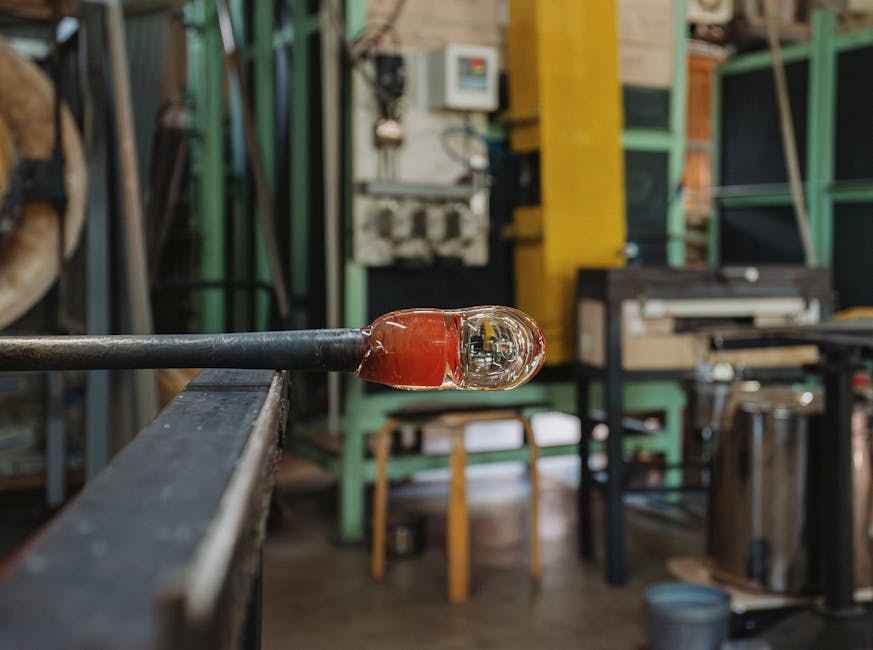
As a curator of crafts, I am always captivated by the profound stories and incredible artistry embedded within traditional creations. Today, we journey to the heart of Japan, specifically to Nagano Prefecture, to explore a truly remarkable art form that has recently garnered well-deserved recognition: Matsumoto Oshi-e Hina.
This exquisite craft is not merely a collection of decorative figures; it is a vibrant testament to generations of skill, dedication, and a deep appreciation for beauty. Let's delve into the delicate world of Matsumoto Oshi-e Hina, a shining example of traditional craftsmanship.
What is Matsumoto Oshi-e Hina?
At its core, Matsumoto Oshi-e Hina refers to a specific style of Oshi-e (padded fabric pictures) used to create Hina dolls, traditionally displayed for Hina Matsuri (Girls' Day) on March 3rd. The term "Oshi-e" itself describes a technique where various pieces of fabric are cut, padded with cotton to give them a three-dimensional effect, and then meticulously glued onto a base to form a picture or figure.
What sets Matsumoto Oshi-e Hina apart is its distinctive elegance and the remarkable detail achieved through this intricate method. Each doll, often depicting imperial court figures, is a miniature masterpiece, embodying grace and refinement.
A Glimpse into History and Heritage
The art of Oshi-e has roots stretching back centuries in Japan, evolving from decorative techniques used on various items. Over time, it found a perfect canvas in the creation of Hina dolls, becoming an integral part of celebrating childhood and familial well-being.
In Nagano Prefecture, this traditional craft has been nurtured and refined, passed down through generations of artisans. The recent recognition of Matsumoto Oshi-e Hina as a traditional craft of Nagano Prefecture underscores its cultural significance and the enduring value placed upon its unique artistry within the region.
The Artisan's Touch: Exceptional Skill and Commitment to Materials
The creation of each Matsumoto Oshi-e Hina doll is a labor of love, demanding extraordinary precision and an unparalleled eye for detail. The process begins with a detailed sketch, which guides the artisan in selecting and cutting countless tiny pieces of fabric.
The Meticulous Process:
- Fabric Selection: Artisans demonstrate an unwavering commitment to materials, carefully choosing luxurious silks, brocades, and other fine textiles, often with intricate patterns that will enhance the final piece. The texture and sheen of each fabric are crucial.
- Padding and Shaping: Small amounts of cotton are delicately placed under each fabric piece, creating the characteristic three-dimensional relief. This step requires immense skill to achieve the desired volume and naturalistic curves, from the gentle folds of a kimono to the subtle contours of a face.
- Assembly: Each padded fabric piece is then meticulously glued onto a cardboard or wooden base, building up the figure layer by layer. The artisan's exceptional skills are evident in the seamless transitions, the lifelike expressions, and the intricate patterns formed by the overlapping fabrics.
Every hand-stitched detail, every carefully placed piece, speaks volumes of the artisan's dedication and mastery, transforming flat fabric into a vibrant, expressive form.
Matsumoto Oshi-e Hina in Modern Life
While deeply rooted in tradition, Matsumoto Oshi-e Hina continues to find its place in contemporary settings. Beyond their traditional role in Hina Matsuri, these exquisite pieces are increasingly appreciated as standalone works of art.
They serve as elegant decorative accents in modern homes, gifts that carry profound cultural meaning, and cherished heirlooms that connect families to their heritage. In an era of mass production, the allure of a handmade item, imbued with the spirit and skill of its creator, is stronger than ever. Supporting crafts like Matsumoto Oshi-e Hina ensures the preservation of invaluable techniques and provides a tangible link to Nagano Prefecture's rich cultural tapestry.
Conclusion
Matsumoto Oshi-e Hina stands as a brilliant emblem of traditional craftsmanship from Nagano Prefecture. It embodies not just an artistic technique, but a cultural legacy, celebrated for its intricate beauty, the enduring skill of its artisans, and their profound respect for materials.
To witness a Matsumoto Oshi-e Hina doll is to experience a piece of history, a work of art, and a testament to the timeless pursuit of elegance. It reminds us of the power of human hands to transform simple materials into objects of extraordinary beauty and enduring value.
Comments
Post a Comment